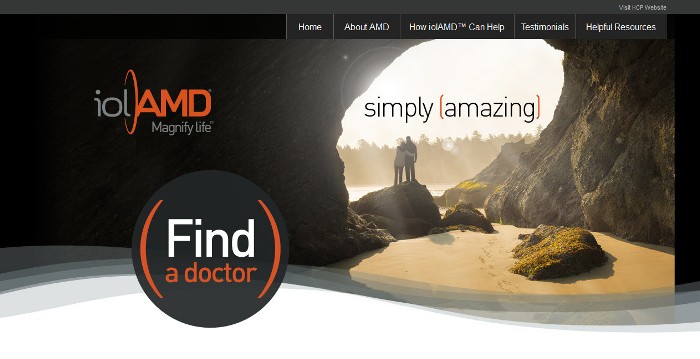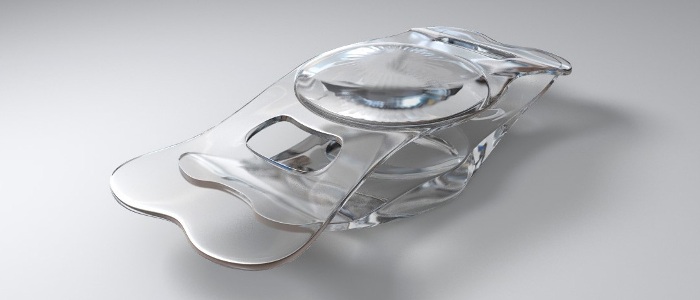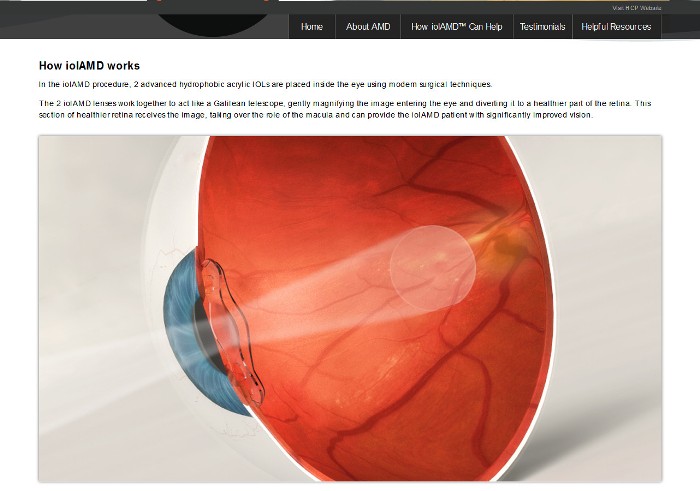NASA Technology Helps Bring Back 79-Year-Old Grandmother’s Eyesight
There have been several instances when NASA technology benefited fields other than space exploration. It looks like the list is bound to get longer as a medical breakthrough has been achieved using technology inspired by the Hubble telescope of NASA. This breakthrough has helped a blind woman (who is by the way about to become an octogenarian) in regaining her sight.
Breakthrough Eye Surgery and Implants
A Welsh pensioner is now able to see again after receiving a pioneering procedure that has been inspired by the Hubble telescope. Phyllis Price from Lampeter was on the verge of completely losing her ability to see due to age-related macular degeneration (AMD). Thanks to to a new treatment made possible by the collaboration of a London eye surgeon and an optical physicist, she can now go back to sewing and is already able to recognize people through their faces (she used to identify people through their voices).
Mrs. Price had her operation for the right eye on April 23 at the London Eye Hospital. She was able to leave the treatment facility three weeks later. She was delighted with the results, saying that the difference in her sight was amazing. She was very happy after learning how she could already read the menu in a restaurant.
Hubble Telescope Flaw Inspiration
Interestingly, the vision-restoring technology used here is based on a flaw in Hubble’s probe, not on its cutting edge perfection. The procedure was developed by eye surgeon Bobby Qureshi. The highlight of the procedure is the insertion of “mini telescopes” into each eye. Dr. Qureshi believes that the procedure is “not just the next step but a giant leap in optical technology.”
Referred to as the iolAMD procedure, the surgery is inspired by the solution NASA scientists used to address the focus problems encountered with the Hubble Telescope. As the Hubble Telescope was deployed, NASA’s scientists noticed that the images produced were fuzzy and out of focus. To solve this problem, they created an advanced system designed to reduce image distortions and to compensate for imperfections in the imagery collected. For the iolAMD procedure, sets of hyper-aspheric or flatter-than-spherical lenses are used to reduce distortions and guide the light to the healthier parts of the retina. This hyper-aspheric model is different from idea behind the curved camera sensor developed by Sony (as it leans toward flatness while the camera sensor is about veering away from it).
Mini Telescopes in the Eyes
Each of the mini-telescopes implanted on Mrs. Price’s eyes is composed of two lenses. These lenses are 2 mm apart from each other and are specifically positioned for two reasons. The first reason is to magnify images. The other is to direct the center of the image away from the damaged portions of the macula. These mini-telescopes basically divert the light into the parts of the eyes that are still able to perceive visual details. These lenses are referred to as the iolAMD lenses.
Of course, you can’t expect these “mini-telescopes” to look like the typical telescopes. They are not tubal implants in the eyes that are opaque on the sides. They more look like tiny flat transparent hair clips than tubular implants. They are lenses precisely positioned in the eyes to make use of the parts that are still capable of perceiving light and imagery. Yes, they are embedded on the eyeballs. They are supposed to become permanent implants.
The iolAMD lenses are made of hydrophobic acrylic and are surgically inserted inside the eyeballs using advanced surgical techniques. We’re just not sure how stable the lenses would remain once they are already in place. Most probably, rubbing the eyes will be inadvisable or should be prohibited. The lenses are made of acrylic and may cause problems in the eyes when pressure is applied, even when they are closed.
Caveat
It’s important to point out, though, that this technology will not work on everyone. The success will depend on the visual potential remaining in the eyes or the amount of healthy retina or macula that can still detect light and images. A patient can regain normal eyesight, be able to read, be able to identify faces, perceive blurry images, or not see anything at all. The official iolAMD website does not say anything about doing tests for visual potential before undertaking the procedure. It would be great if pre-tests are made to be sure that it can really benefit the patient, so the procedure does not end in vain.


